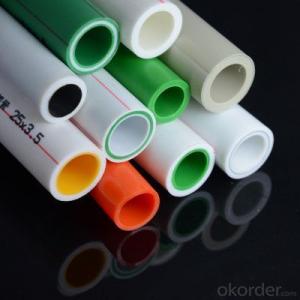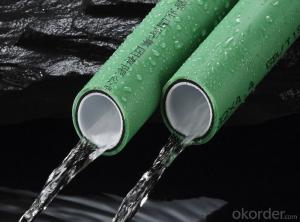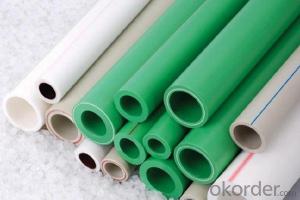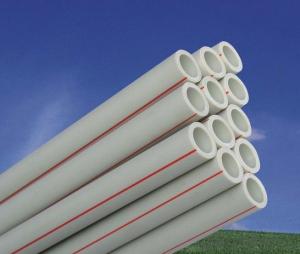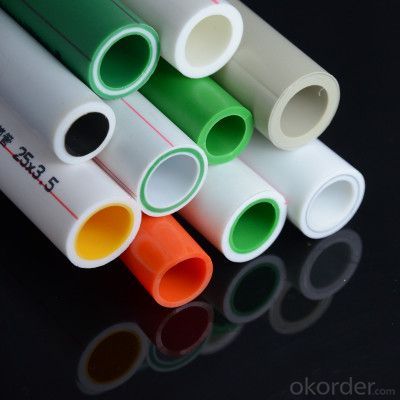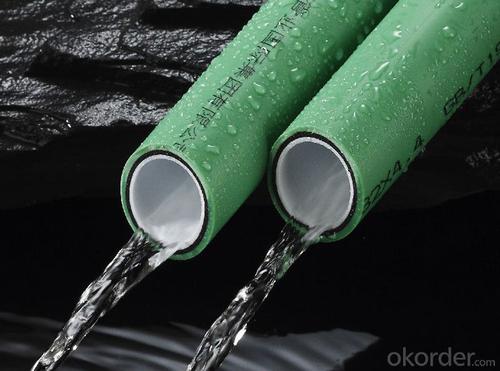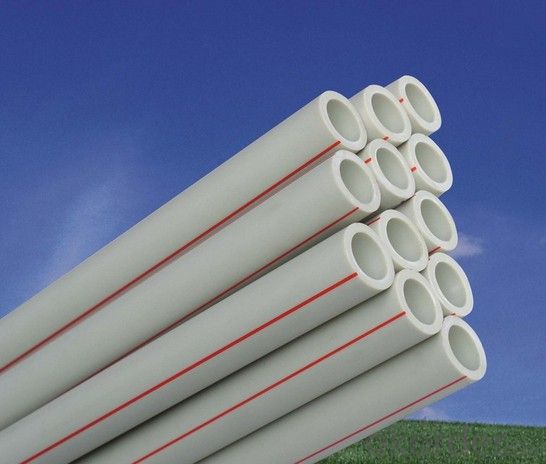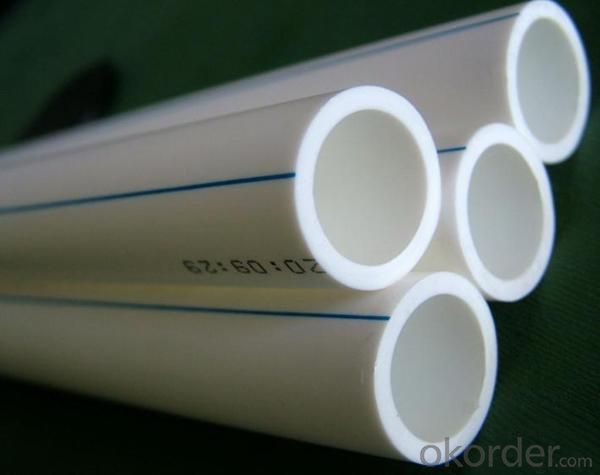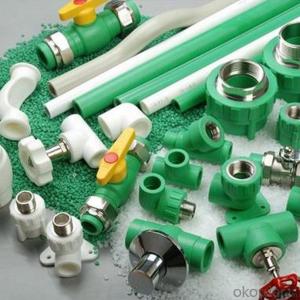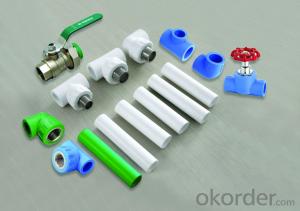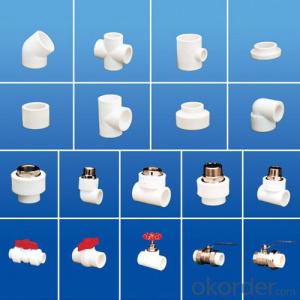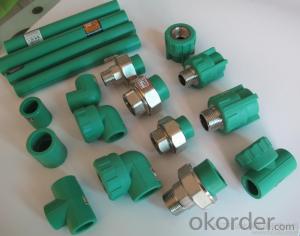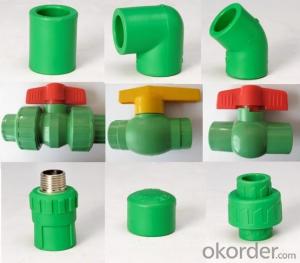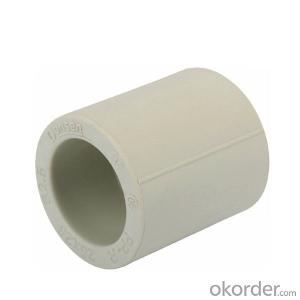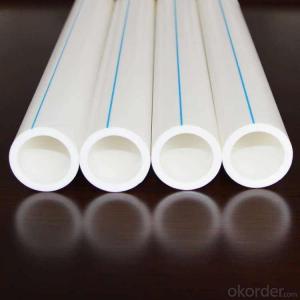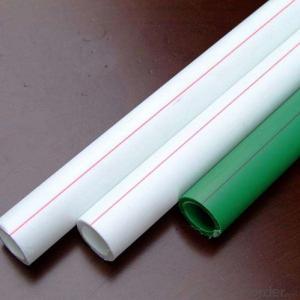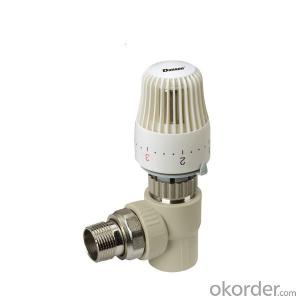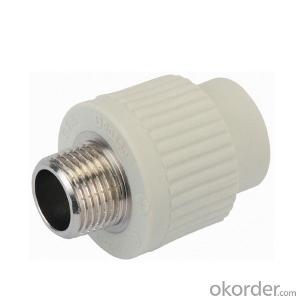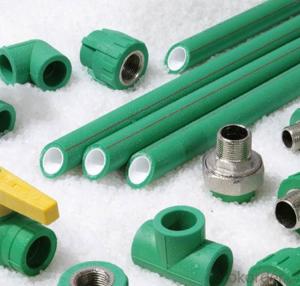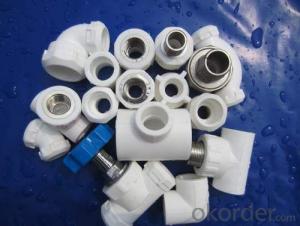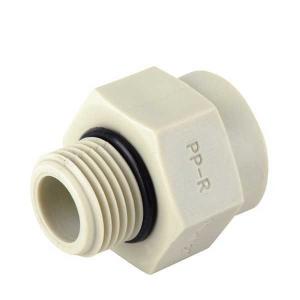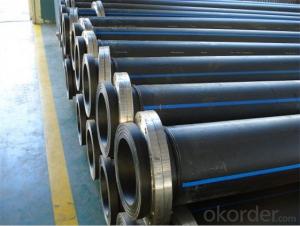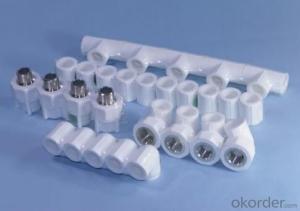Screwfix Plastic Pipe Fittings for Garden Irrigation - Plastic Pipe 2024
- Loading Port:
- Dalian
- Payment Terms:
- TT OR LC
- Min Order Qty:
- 1500 pc
- Supply Capability:
- 100000 pc/month
OKorder Service Pledge
OKorder Financial Service
You Might Also Like
Introduction of Our Products
The comprehensive technical performance and economic indicator of PP-R are much better than galvanized pipe, UPVC pipe, polyethylene-aluminum compound pipe, PE-X (cross-linked polyethylene) and polybutylene pipe etc. For this reason PP-R is the leading products and widely used for feed-water piping in developed countries in Europe and America.
Quick Details
Material: PP-R
Technics: Forged
Type: Pipes
Model Number: DSW382-383
Shape: Equal
Product Advantages
1. Greatly reduced linear expansion coefficient, only 1/4 of that of PPR.
2. 100% oxygen tightness, suitable for heating systerm.
3. Improved resistant to impulse under low temperature, resistant to UV-rays.
4. Easily detected by detector when embedded, owing to the metal layer.
Product Specifications
1) Material:HYOSUNG R200P, Basell H5416
2) Size:20-160MM
3) Standard:DIN8077/8078
4) Pressure:PN10

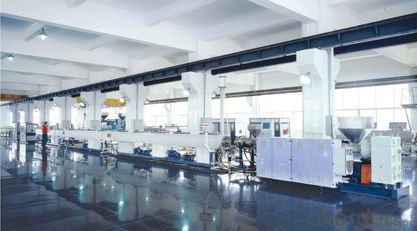
PPR pipe and fitting size
1.25MPa | 1.6MPa | 2.0MPa | 2.5MPa | |
Outer | Wall | Wall | Wall | Wall |
Diameter | Thickness | Thickness | Thickness | Thickness |
dn(mm) | en (mm) | en (mm) | en (mm) | en (mm) |
20 | 2.0 | 2.3 | 2.8 | 3.4 |
25 | 2.3 | 2.8 | 3.5 | 4.2 |
32 | 2.9 | 3.6 | 4.4 | 5.4 |
40 | 3.7 | 4.5 | 5.5 | 6.7 |
50 | 4.6 | 5.6 | 6.9 | 8.3 |
63 | 5.8 | 7.1 | 8.6 | 10.5 |
75 | 6.8 | 8.4 | 10.1 | 12.5 |
90 | 8.2 | 10.1 | 12.3 | 15.0 |
110 | 10 | 12.3 | 15.1 | 18.3 |
160 | 14.6 | 17.9 | 21.9 | 26.6 |
- Q: Can plastic pipe fittings be used for swimming pool installations?
- Yes, plastic pipe fittings can be used for swimming pool installations. They are often preferred for their durability, resistance to corrosion, and affordability. However, it is important to ensure that the fittings are specifically designed for swimming pool use and are compatible with the type of piping and chemicals used in the pool system.
- Q: What tools are needed to install plastic pipe fittings?
- The tools needed to install plastic pipe fittings typically include a pipe cutter, a deburring tool, a fitting brush, and an adjustable wrench or pliers.
- Q: Are plastic pipe fittings resistant to soil chemicals?
- Yes, plastic pipe fittings are generally resistant to soil chemicals.
- Q: Do plastic pipe fittings require any special anchoring or bracing?
- Yes, plastic pipe fittings generally do not require any special anchoring or bracing. They are designed to be lightweight and flexible, and can typically be supported by the plumbing system itself. However, in certain situations or when subjected to high pressure or vibrations, additional support or bracing may be necessary to ensure the stability and integrity of the fittings.
- Q: Can plastic pipe fittings be used for industrial applications?
- Yes, plastic pipe fittings can be used for industrial applications. Plastic fittings, such as PVC or CPVC, are commonly used in various industrial settings due to their durability, corrosion resistance, and ease of installation. They are suitable for a wide range of applications, including water supply, chemical processing, irrigation, and drainage systems. However, the specific requirements of the industrial application should be considered to ensure the suitability and compatibility of the plastic fittings for the intended use.
- Q: Are plastic pipe fittings resistant to hydraulic pressure?
- Yes, plastic pipe fittings are generally resistant to hydraulic pressure. However, the level of resistance can vary depending on the type and quality of the plastic used. It is important to choose fittings that are specifically designed and rated for hydraulic applications to ensure optimal performance and safety.
- Q: Do plastic pipe fittings require any special tools for removal?
- Yes, plastic pipe fittings typically require special tools such as a pipe wrench or a specific fitting removal tool for their removal.
- Q: Are plastic pipe fittings resistant to hydrocarbons and oils?
- Yes, plastic pipe fittings are generally resistant to hydrocarbons and oils.
- Q: Can plastic pipe fittings be used in irrigation drip systems?
- Yes, plastic pipe fittings can be used in irrigation drip systems. Plastic fittings are commonly used in drip irrigation systems due to their durability, affordability, and ease of installation. They are resistant to corrosion, provide a tight seal, and can withstand the pressure and flow rates required for efficient irrigation.
- Q: Can plastic pipe fittings be used in fire hydrant systems?
- No, plastic pipe fittings cannot be used in fire hydrant systems. Fire hydrant systems require fittings that are made from durable and heat-resistant materials, such as brass or ductile iron, to withstand high-pressure water flow and potential exposure to fire. Plastic fittings are not suitable for these demanding conditions and can pose a safety risk.
Send your message to us
Screwfix Plastic Pipe Fittings for Garden Irrigation - Plastic Pipe 2024
- Loading Port:
- Dalian
- Payment Terms:
- TT OR LC
- Min Order Qty:
- 1500 pc
- Supply Capability:
- 100000 pc/month
OKorder Service Pledge
OKorder Financial Service
Similar products
Hot products
Hot Searches
Related keywords
